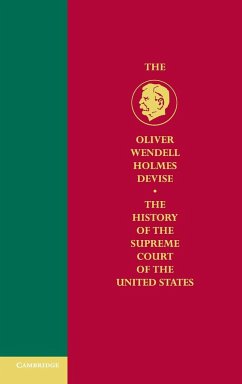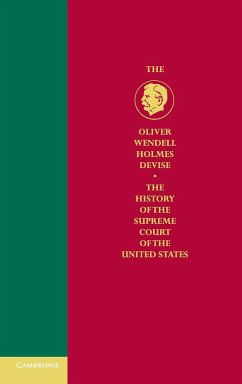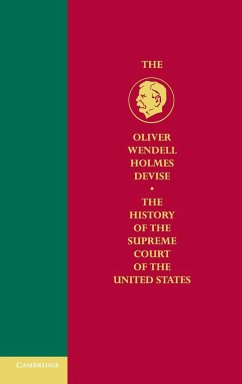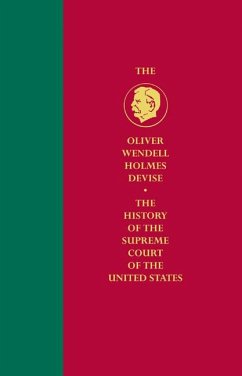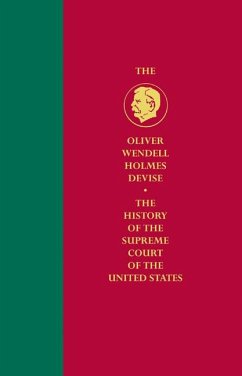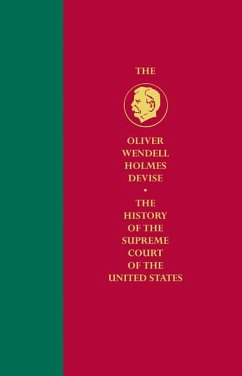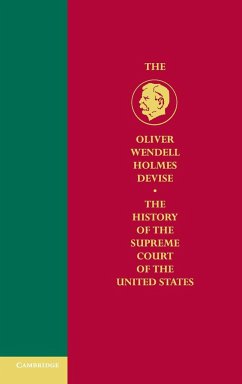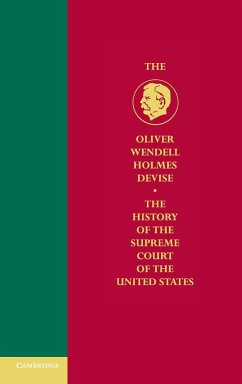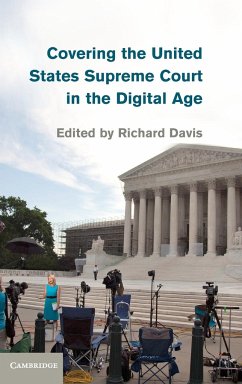
History of the Supreme Court of the United States
Versandkostenfrei!
Versandfertig in 1-2 Wochen
150,99 €
inkl. MwSt.

PAYBACK Punkte
75 °P sammeln!
The Taney Period, 1836 1864 offers a comprehensive analysis of the leading constitutional issues addressed by the United States Supreme Court during Roger B. Taney's tenure as chief justice of the Court.





